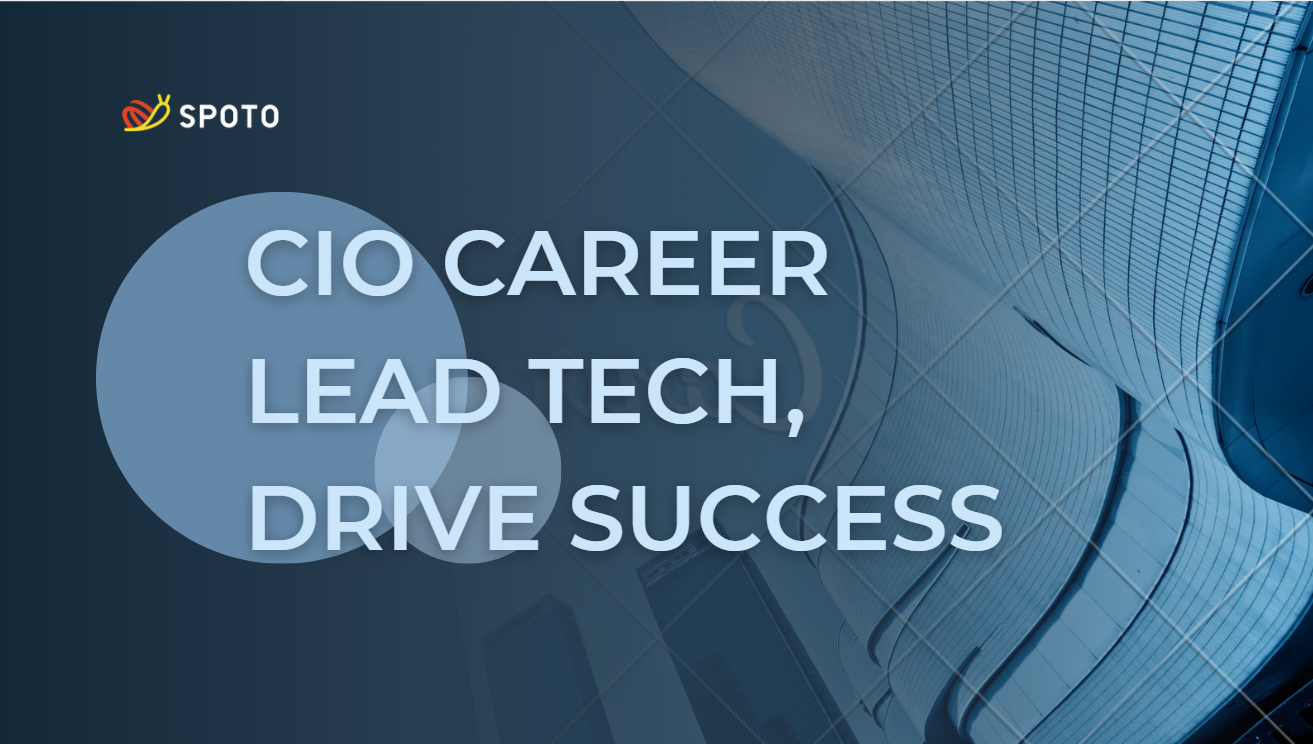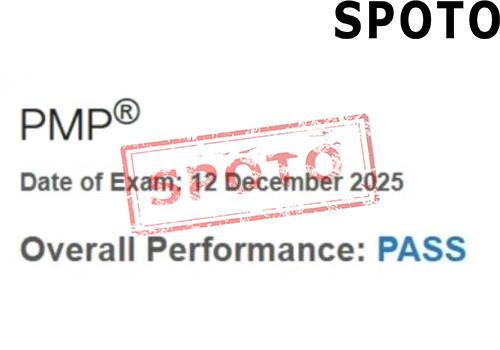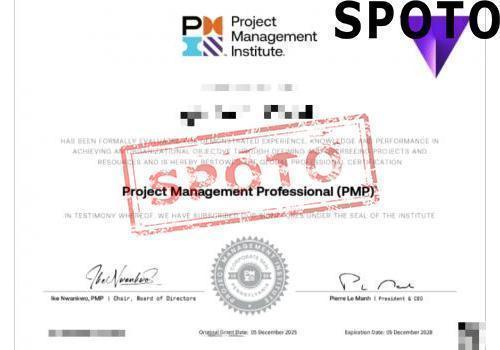
Table of Contents
Are you exploring leadership roles in technology, or perhaps seeking to elevate your career in IT management? The position of Chief Information Officer (CIO) might be exactly what you're looking for. This high-level executive role not only offers a chance to shape a company's tech strategy but also to make a significant impact on overall business success. Let's delve into what a CIO is, what they do, how to become one, and why it could be a rewarding career choice.
1. What is a Chief Information Officer?
Chief Information Officers (CIOs) are top executives who supervise the company's computer and information technologies. They are responsible for managing and implementing IT systems, analyzing technological benefits for the organization, and integrating solutions that enhance efficiency and competitiveness. In essence, the CIO acts as a bridge between technology and business strategy, ensuring the tech infrastructure aligns with organizational goals. As technology becomes more sophisticated and pervasive, the role of a CIO continues to grow in importance, especially in the digital transformation era.
2. What does a Chief Information Officer do?
The CIO's responsibilities are broad and strategic. They include:
- Developing and executing IT strategies that support business objectives.
- Managing IT budgets, procurement, and vendor relations.
- Leading digital transformation initiatives.
- Ensuring cybersecurity and data privacy policies are enforced.
- Supervising IT teams and fostering innovation.
- Collaborating with other C-level executives to improve organizational workflows.
In practice, CIOs may oversee deploying new systems, optimizing cloud infrastructure, or implementing enterprise-wide cybersecurity protocols. They must be agile, responding swiftly to technological advances and organizational needs.
3. Why become a Chief Information Officer?
Average salary
The Chief Information Officer (CIO) role is highly valued in today's technology-driven business landscape. According to recent data, the average annual salary for a CIO ranges from $268,000 to $474,000, showcasing the significant remuneration potential for this executive-level position. Factors like industry, company size, and geographic location can influence CIO salaries, but the overall compensation reflects the strategic importance and influence of this role.
Career outlook
The career outlook for CIOs remains strong, with the demand for their expertise continuing to grow. As organizations undergo digital transformation and increasingly rely on technology to drive efficiency and innovation, the need for experienced, forward-thinking CIOs is heightened.
The U.S. Bureau of Labor Statistics projects a 10% growth in computer and information systems management positions, including CIOs, between 2021 and 2031, faster than the average for all occupations. This positive outlook underscores the long-term job security and advancement opportunities available for those pursuing a CIO career path.
CIO vs. CTO
While the Chief Information Officer (CIO) and Chief Technology Officer (CTO) roles share some similarities, they have distinct responsibilities and focus areas. The CIO is primarily responsible for aligning technology with overall business strategy, managing IT infrastructure and operations, and ensuring data security and compliance. They are the bridge between technology and business objectives, leveraging information systems to drive organizational success.
In contrast, the CTO is more focused on the technical aspects of product development, innovation, and research and development. They oversee the design, development, and implementation of new technologies, products, and services. CTOs are typically more involved in the hands-on aspects of technology, while CIOs take a more strategic, big-picture approach to technology management.
4. How to become a Chief Information Officer?
Educational Background
Most CIOs hold at least a bachelor's degree in computer science, information systems, or a related technical field. Many pursue advanced degrees such as the Master of Business Administration or a Master of Information Technology Management. These higher-level qualifications help CIOs develop the strategic and leadership skills necessary to excel in the role.
Relevant Experience
Aspiring CIOs typically have extensive experience in various IT roles, such as systems analysis, network administration, cybersecurity, or enterprise architecture. Gaining hands-on technical expertise and progressively assuming more senior leadership positions within the IT function are crucial steps in the path to becoming a CIO.
Soft Skills Development
In addition to technical proficiency, CIOs must possess strong leadership, communication, and change management skills. They need to be able to effectively collaborate with other C-suite executives, translate technical concepts into business language, and drive digital transformation initiatives. Developing these soft skills through training, mentorship, and real-world experience is essential for success as a CIO.
Certifications and Continuous Learning
Obtaining relevant certifications, such as the Project Management Professional (PMP) or other IT-related credentials, can significantly enhance a CIO's credibility and expertise. SPOTO's PMP training program, for example, provides comprehensive coverage of project management best practices, equipping professionals with the knowledge and skills to excel in this globally recognized certification. Maintaining a commitment to continuous learning and staying updated on emerging technologies is also crucial for CIOs to remain competitive in the rapidly evolving digital landscape.










